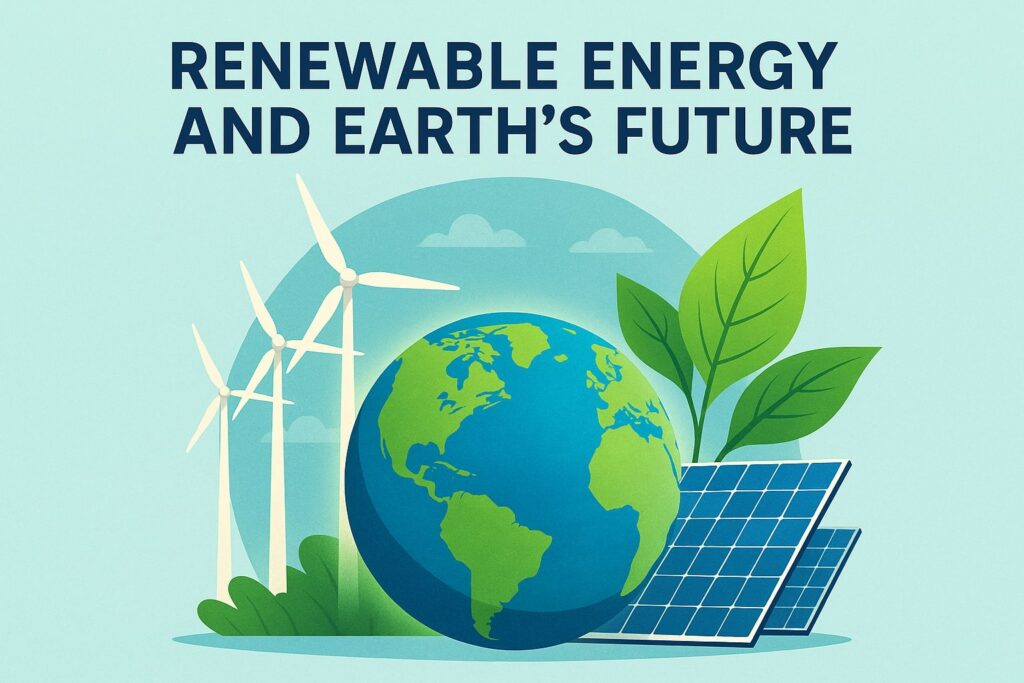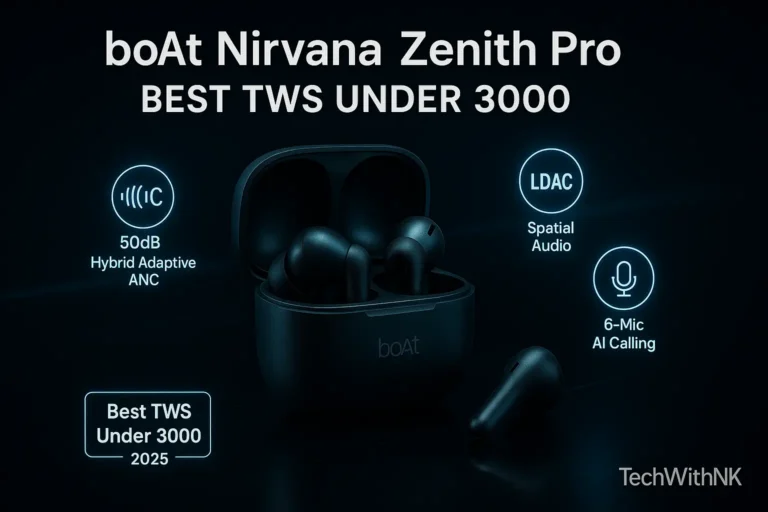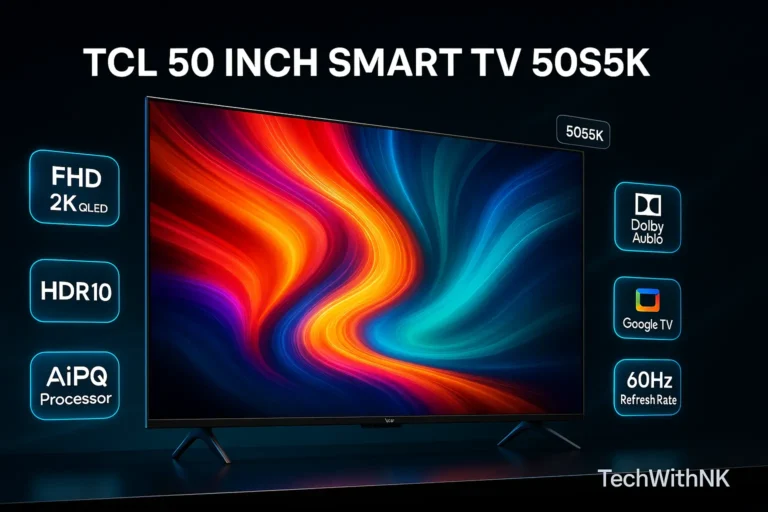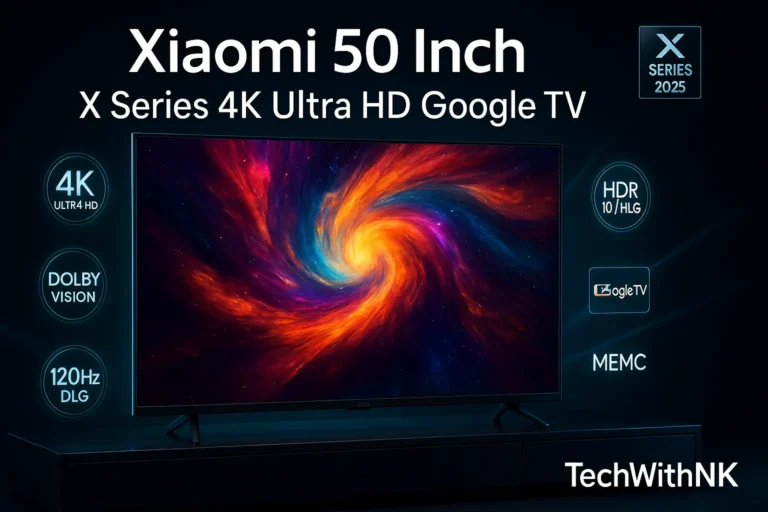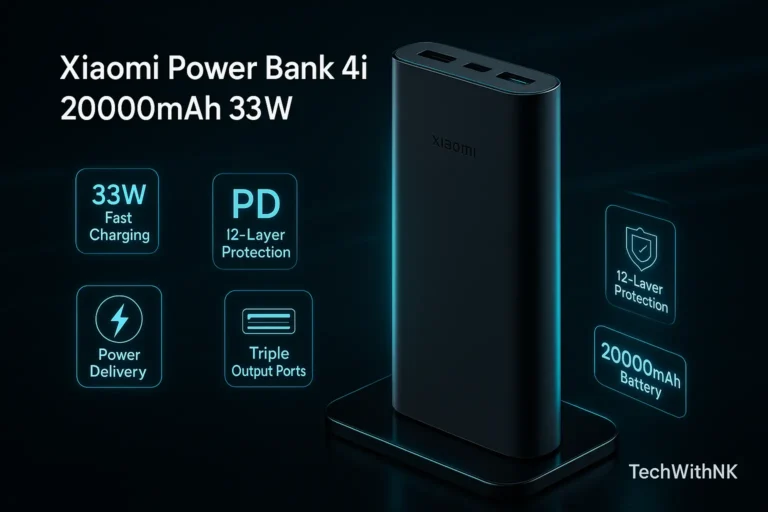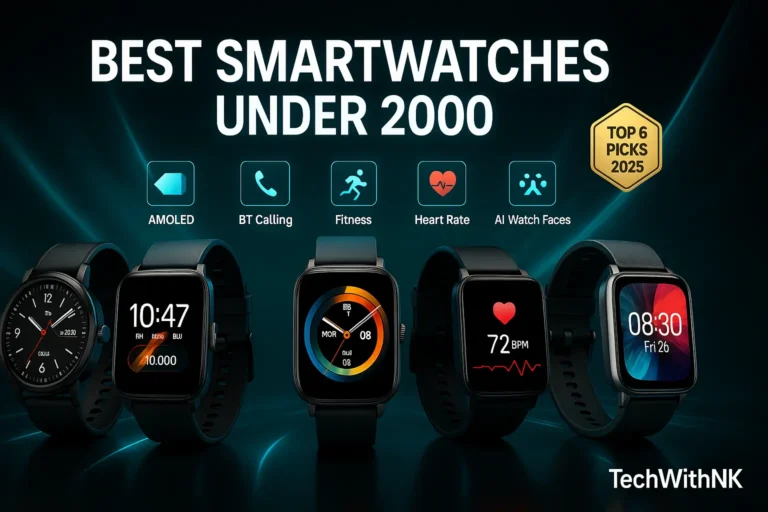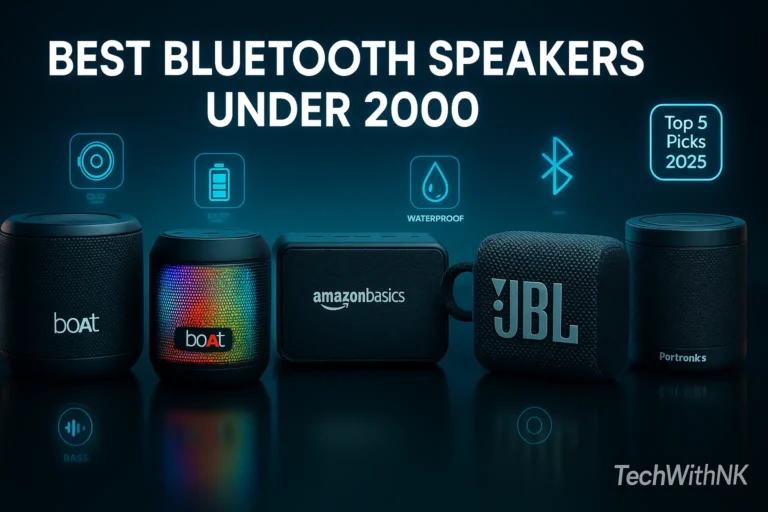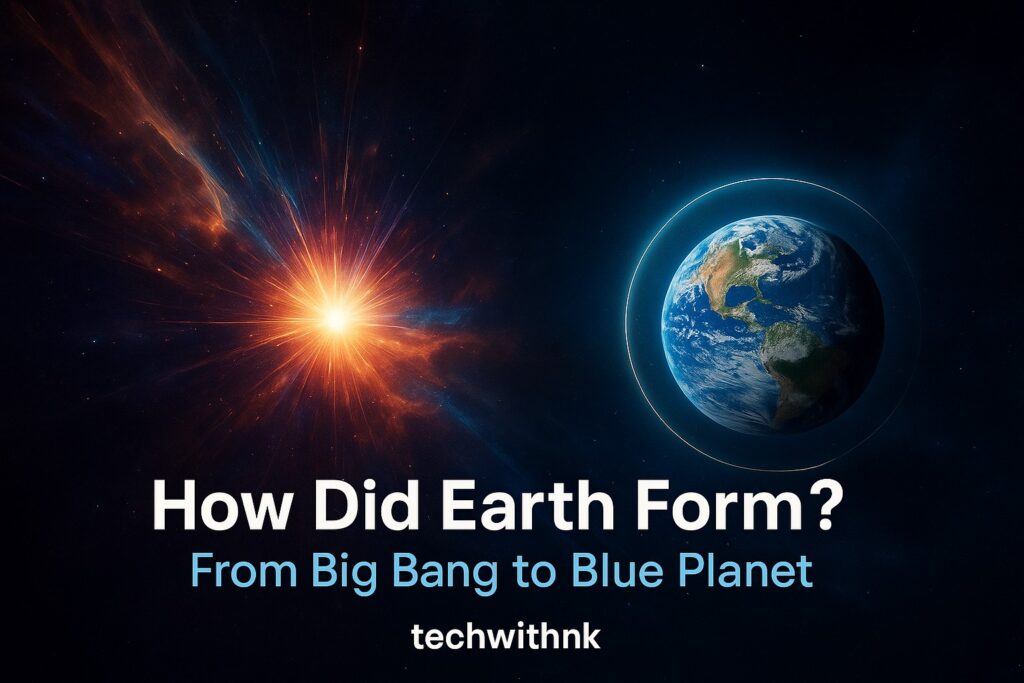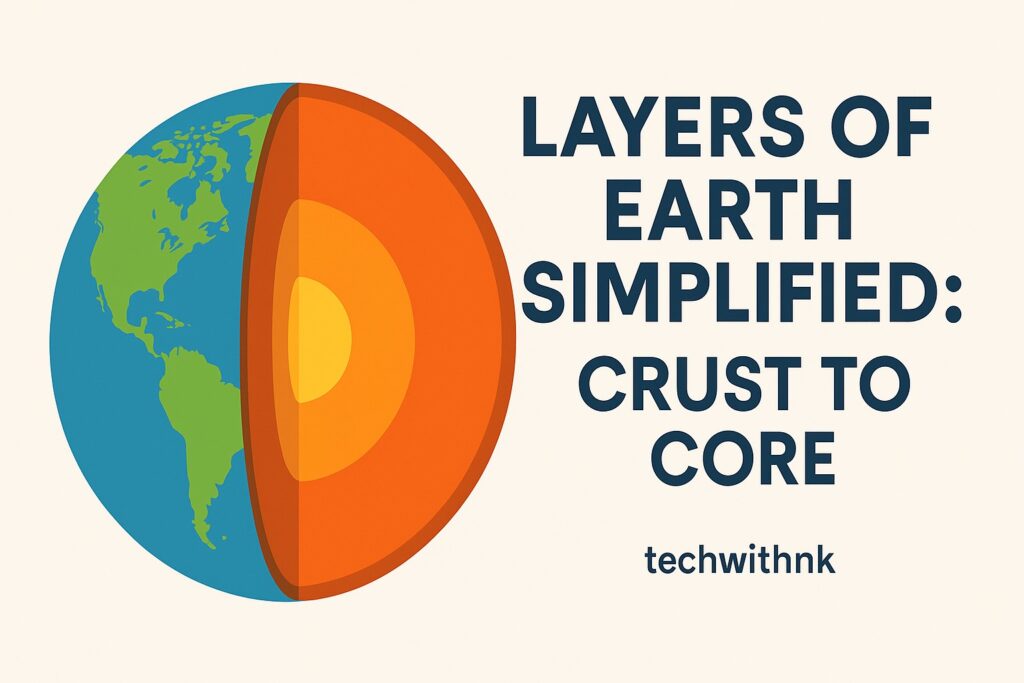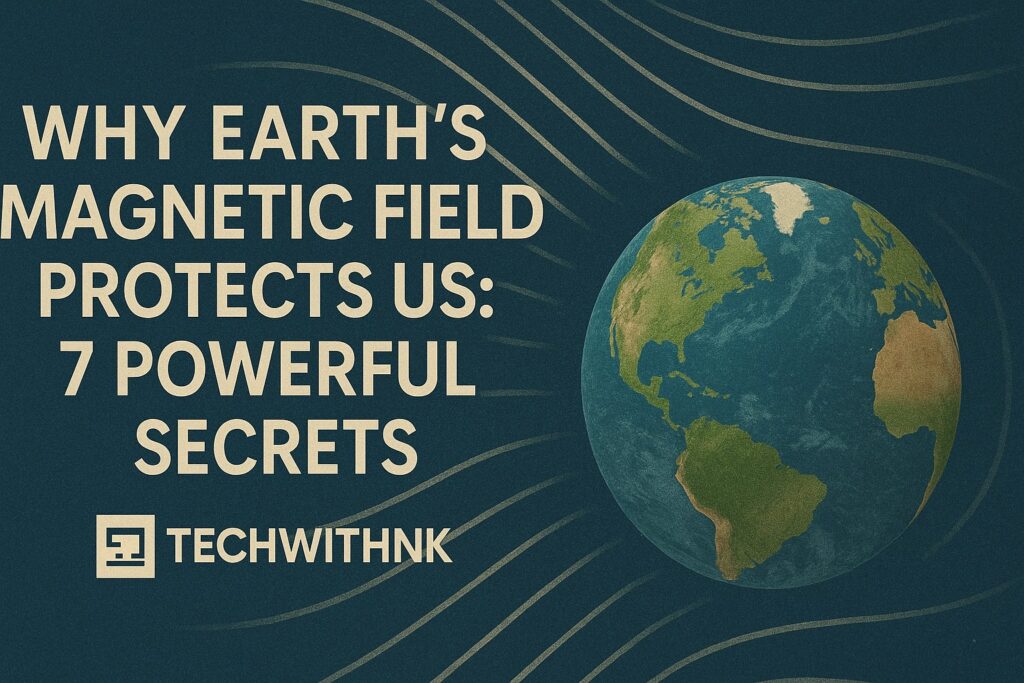Table of Contents
Toggle🌱 Introduction: Why Renewable Energy Matters More Than Ever
The Earth is at a critical crossroads. Rising carbon emissions, global warming, depleting fossil fuel reserves, and worsening climate disasters have made it clear — our current energy path is unsustainable. Fortunately, renewable energy offers a powerful alternative. It’s clean, abundant, and essential to creating a healthier, greener future for our planet.
In this blog, we’ll explore:
What renewable energy is
Different types and technologies
Global trends and innovations
Benefits and challenges
And most importantly, how it shapes Earth’s future
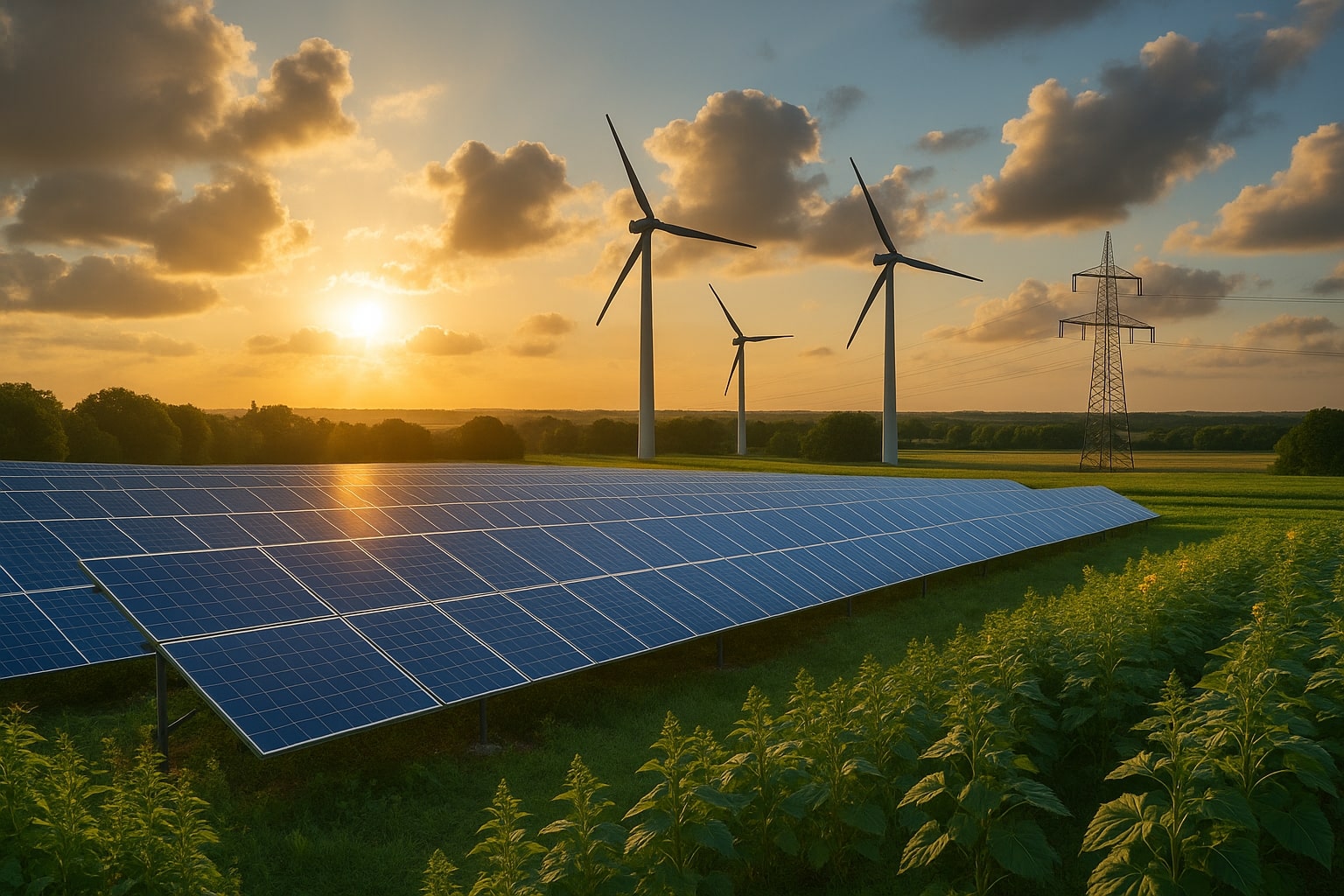
⚡ What is Renewable Energy?
Renewable energy comes from natural sources that replenish themselves over time — like the sun, wind, water, and Earth’s heat. Unlike fossil fuels (coal, oil, gas), renewables don’t run out and produce little to no greenhouse gases.
🔁 Key Features of Renewable Energy:
Sustainable and infinite
Eco-friendly and low-emission
Reduces dependence on fossil fuels
Powers homes, industries, and transportation
🌞 Types of Renewable Energy
1. Solar Energy
Captured using solar panels or mirrors, solar energy converts sunlight into electricity or heat.
Applications:
Rooftop solar for homes
Solar farms for grid electricity
Solar water heaters
💡 One hour of sunlight could power the world for a year.
2. Wind Energy
Harnessed using wind turbines, which convert kinetic energy from wind into electricity.
Applications:
Onshore and offshore wind farms
Hybrid wind-solar microgrids
Wind-powered irrigation systems
3. Hydropower
Uses flowing water (rivers, dams) to spin turbines and generate electricity.
Applications:
Large hydroelectric dams
Small-scale micro-hydro for rural communities
4. Geothermal Energy
Taps into Earth’s internal heat to generate electricity or for direct heating.
Applications:
Geothermal power plants
Residential geothermal heating systems
5. Biomass and Bioenergy
Produced by burning organic matter like wood, crop waste, and algae.
Applications:
Biofuels for vehicles
Biomass stoves and boilers
Biogas for rural cooking and electricity
🌍 Global Shift Toward Renewable Energy
Nations across the world are shifting toward renewables to combat climate change and boost energy security. From Germany’s Energiewende to India’s solar revolution and China’s wind power boom, global investments in clean energy have surged.
📈 Key Global Stats:
Over 30% of global electricity is now renewable
Solar and wind lead new power installations
IEA predicts 90% of new power capacity by 2030 will be renewable
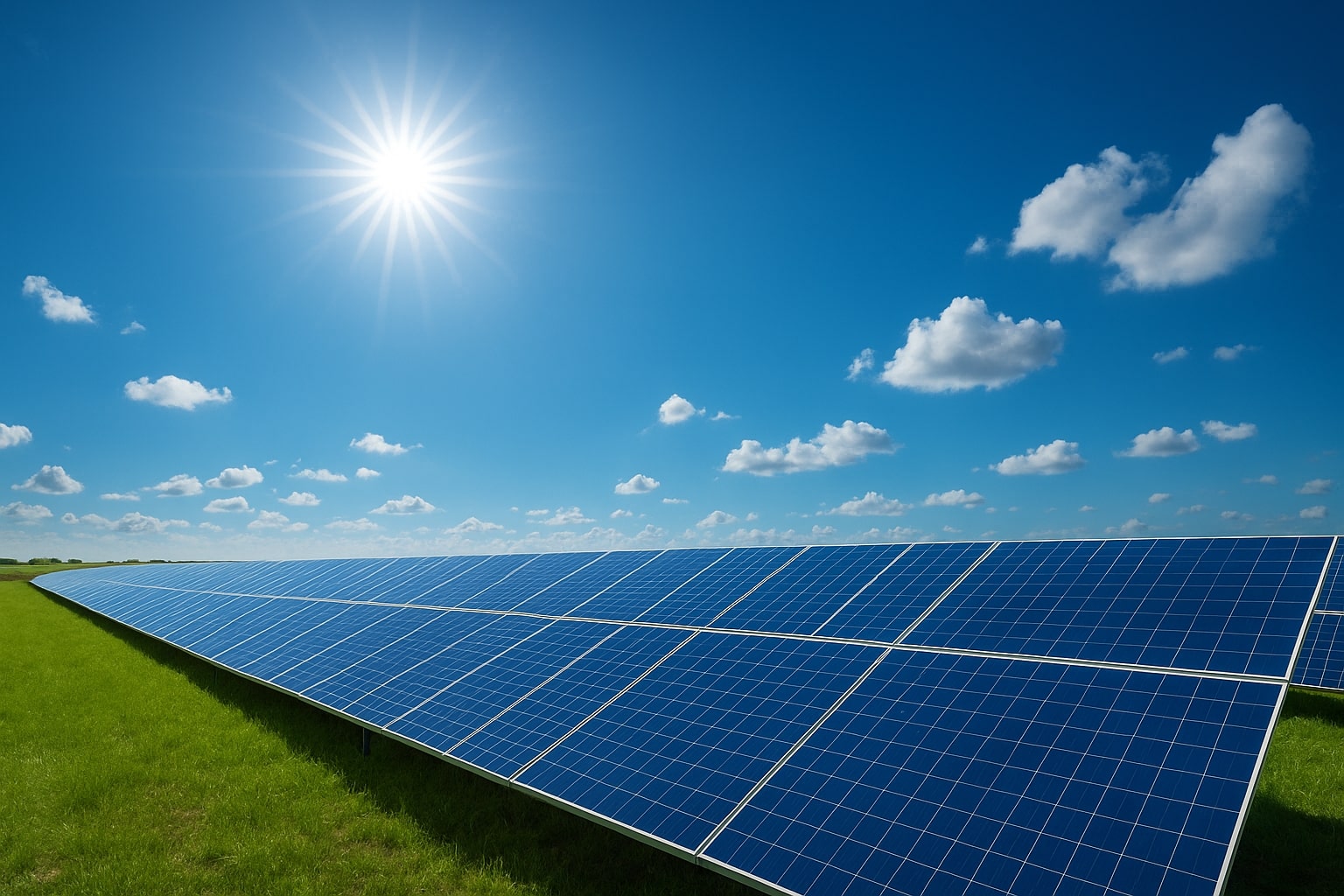
🌿 Benefits of Renewable Energy for Earth’s Future
✅ 1. Reduces Greenhouse Gases
Renewables generate power without burning fossil fuels, cutting carbon dioxide and methane emissions — the top drivers of climate change.
✅ 2. Slows Climate Change
By shifting to renewables, we reduce global warming, sea level rise, and extreme weather events.
✅ 3. Protects Biodiversity
Cleaner energy reduces air and water pollution, preserving ecosystems and wildlife.
✅ 4. Improves Public Health
Less pollution means fewer respiratory diseases, asthma cases, and heart problems caused by dirty air.
✅ 5. Creates Green Jobs
Solar installers, wind turbine techs, and clean energy engineers are in high demand — creating millions of new, sustainable jobs.
🔧 Challenges in Transitioning to Renewable Energy
Despite the benefits, the renewable shift isn’t without hurdles:
⚠️ 1. Energy Storage
Solar and wind are intermittent. We need advanced batteries and smart grids to store and balance energy supply.
⚠️ 2. High Initial Cost
While renewables are cheaper long-term, initial investments in tech and infrastructure can be high.
⚠️ 3. Land Use and Wildlife
Large solar farms or wind projects may disturb wildlife or take up valuable land.
⚠️ 4. Grid Integration
Aging electricity grids in many countries aren’t equipped to handle fluctuating renewable input.

🚀 Innovations Driving the Renewable Future
🔋 1. Next-Gen Batteries
Lithium-ion, solid-state, and flow batteries are revolutionizing energy storage.
☁️ 2. Floating Solar Farms
Solar panels installed on lakes and reservoirs reduce land use and water evaporation.
🌪️ 3. AI and Smart Grids
Artificial Intelligence helps balance electricity loads, forecast demand, and manage renewable input.
💨 4. Vertical Wind Turbines
More compact and efficient for urban environments.
🧪 5. Green Hydrogen
Using renewable energy to split water into hydrogen, a clean fuel for transport and industry.
🌐 Renewable Energy Around the World
Leading in wind and solar capacity. The Inflation Reduction Act (IRA) offers major clean energy incentives.
🇨🇳 China
World leader in solar manufacturing and wind energy deployment.
🇮🇳 India
Third in renewable capacity; aiming for 500 GW by 2030 with solar leading the way.
🇪🇺 European Union
Heavily investing in offshore wind, green hydrogen, and energy storage.
🏡 What Can You Do?
Even as individuals, we play a big role in the clean energy transition.
Install rooftop solar
Support clean energy policies
Use energy-efficient appliances
Drive EVs or bike more
Switch to green electricity providers
Every watt counts. Every choice matters.
🌈 The Future is Bright: 100% Renewable is Possible
Scientists and engineers agree — with the right investments and policies, we can power the entire planet using 100% renewable energy by 2050. It’s technically feasible, economically viable, and environmentally essential.
Renewable energy isn’t just the future — it’s the only future that ensures a livable Earth for generations to come.
What is the best type of renewable energy?
It depends on location and need. Solar is great for sunny regions, wind for breezy areas, and hydro for water-rich zones.
Can renewable energy replace fossil fuels completely?
Yes, with the right infrastructure, storage solutions, and smart grids, renewables can meet all global energy demands.
What are some future trends in renewable energy?
Expect rapid growth in battery storage, AI-powered energy management, green hydrogen, and EV charging infrastructure.

